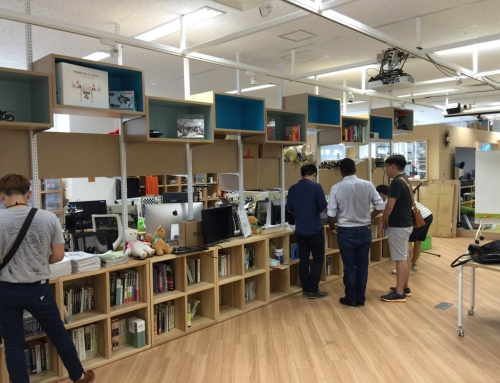Research to Understand City Modernization (July 19~24, 2011 NCKU Tainan, NYUST Yunlin, Taipei, Taiwan)
In the beginning of 20th century, Korea and Taiwan have endured the modernization process under the common cultural background of Japanese Empire. Although the urban modernization in both countries had been initiated by their own will, the colonial rulers of Japanese Empire completed the urban modernization under the imperialism. In this manner, all of the cities ruled by the Empire – not only the newly planned cities but also the preexisting cities – show similar urban design. After about 40 years of this unworthy colonization, most cities of the Republic of Korea and the Republic of China have been grown following their own cultural identity; the growth of contemporary metropolises like Seoul and Taipei are still in progress.
In our research for the interpretation of cultural identity (Cultural DNA), we extracted the commonalities and the distinctions of urban design using the computational design approach, followed by a timeline. With this computational interpretation research, we can analyze the influences of each cultural identity that was forced on the post-modernizing direction particularly in physical metropolises.

Prof. Chien of NCKU introduced Smart Home project with students





